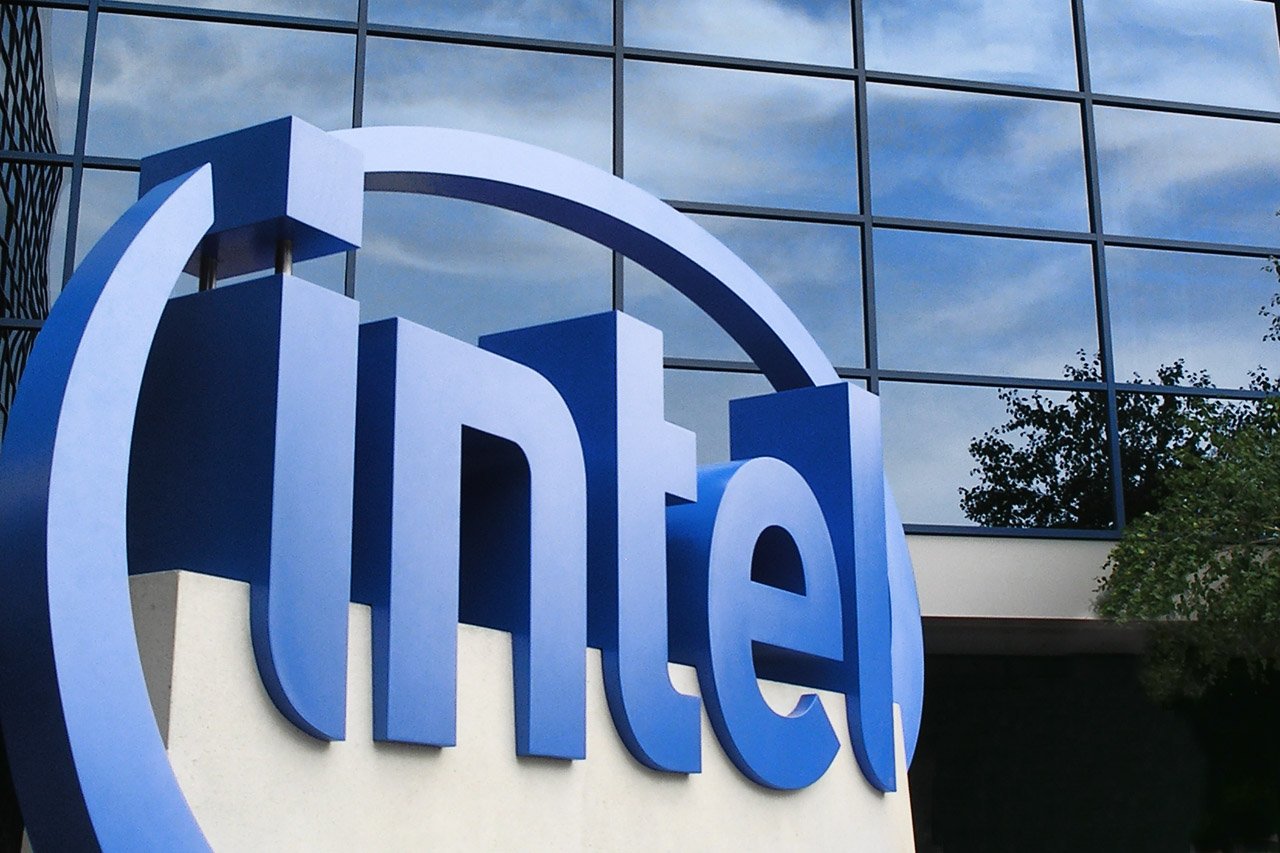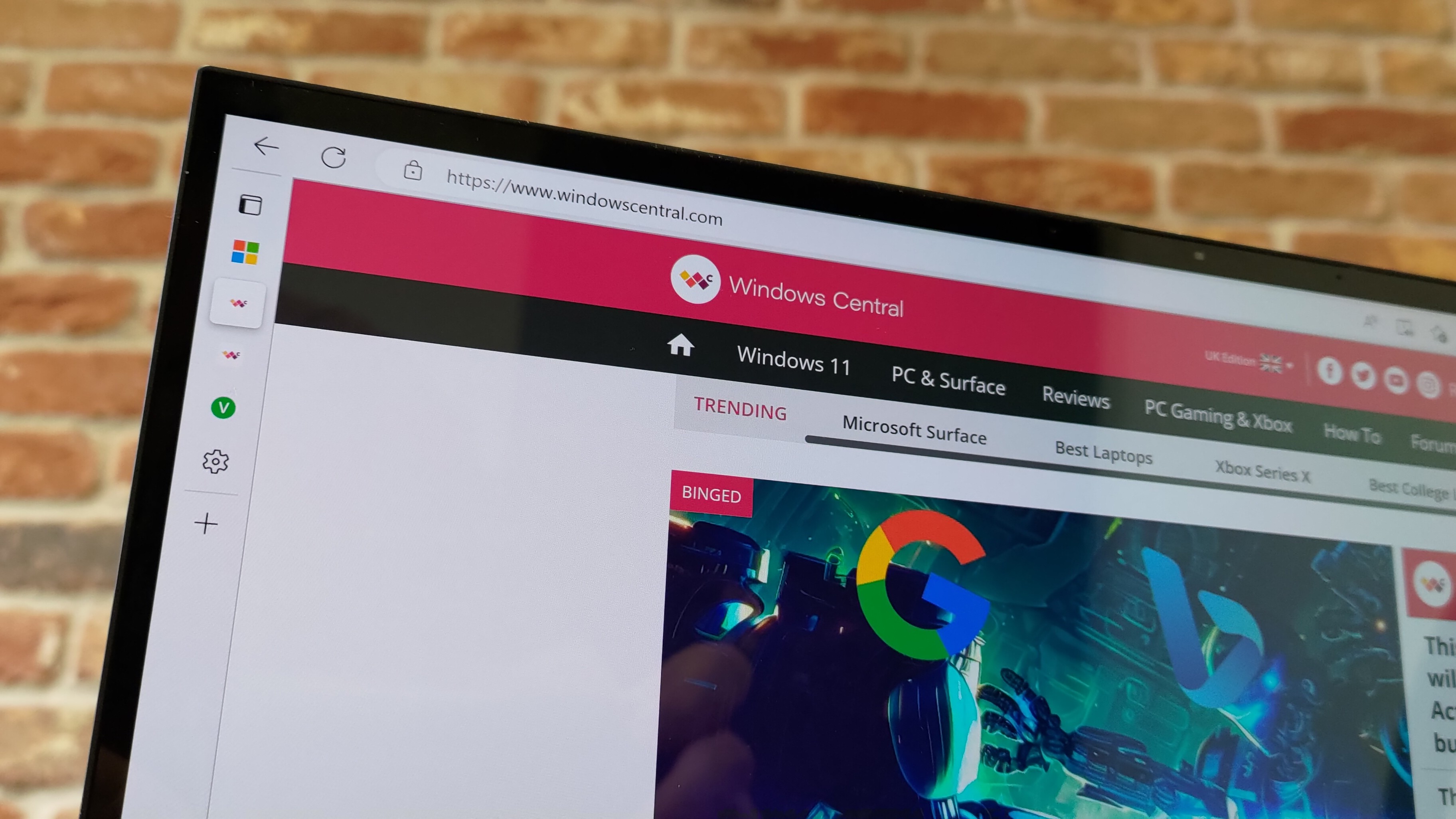Intel's dual-screen 'Tiger Rapids' concept PC isn't for consumers - it's for PC makers
Just as Intel's processors are essential to the PC but are unseen, Intel's influence on the PCs evolution is hidden from consumers but impactful nonetheless.

Microsoft's and Intel's symbiotic role in the PC market earned them the moniker "Wintel." Thinking about Microsoft's Windows PCs provokes thoughts of the company whose processors have powered millions of PCs over the years. The "Intel Inside" marketing slogan once conveyed confidence to users that an industry leader's processors powered their PC.
Given Intel's dependency on the PC, the company has a vested interest in the industry's direction. If the PC market dips, which it has, Intel takes a hit. The converse is also true. Despite the company's sensitivity to shifts in the PC space, however, it is not a passive participant by any means.
For years Intel has been proactive in envisioning PC use cases and designing concept devices to inspire PC makers to build PCs for those scenarios. The response OEMs have had to this guidance influenced PC designs we've seen in the past, have today and will likely see in the future.
Intel's 7.9-inch Tiger Rapids Windows PC with one full HD LCD and one electronic paper display (EPD) is an Intel concept that fits within that paradigm. Unfortunately, this dual screen pocket PC is for OEMs, not consumers. Still, just as with its other concept's, Intel hopes OEMs will bring their take on this LCD/EPD dual screen device to market.
Related: Computex 2018 spotlighted dual-screen Windows 10 PCs — but are they just novelties?
Intel's guiding hand
At Computex 2018 an Intel rep said the company's goal was to share the level of innovation Intel has brought to the PC device ecosystem, how it works with OEM partners to create new device types and how it helps OEMs bring those devices to market. The rep highlighted how its ultrabook program and 2-in-1s were products of this strategy many years ago.
In the video, a host of ultrabooks and 2-in-1s, labeled with the year they launched, showcased the improvements OEMs made to the fundamental concepts Intel provided. The company used this historical context to preface its focus on two 2016 concepts: Pocket PCs and new duo display devices. Intel hopes these concepts will lead to a new class of mobile PCs that don't yet exist.
Get the Windows Central Newsletter
All the latest news, reviews, and guides for Windows and Xbox diehards.
Interestingly, before introducing its more intriguing duo screen concept, Intel focused on a familiar Windows Pocket PC concept, which could be a full PC when docked and would carry a user's data while on the go. He boasted the device runs comparable to a fanless 2-in-1 PC. He shared Intel invested in this concept to see how small it could make a full core processor device for all the mobility benefits while providing all the power of a PC while at a desk. This mobile PC vision was advanced with Intel's investments in its Tiger Rapids dual screen concept the same year.
What's the use (case)?
The Tiger Rapids concept PC allows Intel to explore ways new kinds of content creation productivity experiences could be brought to highly mobile devices. The goal was to make a device that conforms to users needs. Given current workflow, collaboration and mobility trends, a full PC digital notepad says Intel may be onto something.
One of the current focuses in technology, and the target market for Microsoft's rumored Andromeda device is creatives, or lateral thinkers. These are people who process their thoughts in a non-linear fashion and find tools like notebooks indispensable for recording and processing ideas before presenting them to a larger group. Additionally, "creativity," the ability to address and solve modern challenges, is also a valued attribute in the modern workplace.
Thus, technology which complements the valued attributes of the modern workforce may get the support of OEMs, users, and business partners. Intel's Tiger Rapids concept PC is a full Windows 10 computer with access to all of the productivity tools users and businesses value for personal and professional productivity. An integrated electronic paper display complements this PC portion with active pen support. Intel gave this display the feel and texture of writing on paper with the goal of recreating the function of a paper notebook in a "highly mobile device," something creatives and lateral thinkers may embrace.
How Microsoft's prepping the enterprise for its digital journal
Merging the notebook and PC
Whatever a user writes on the EPD portion of the Tiger Rapids concept PC efficiently transfers to Windows apps like OneNote on the PC portion. The EPD portion can also function as a keyboard for a laptop-like experience. OEM partners Asus and Lenovo have already created devices influenced by Intel's concept per Gregory Bryant, senior vice president and general manager of Intel's Client Computing Group.
Intel (and Microsoft with Windows Ink and its rumored Andromeda digital journal) realize that even in a digital age traditional notebooks and Moleskines still play a significant role in professional and personal productivity.
Intel's Tiger Rapids mobile PC concept is meant to guide OEMs, as Intel did with ultrabooks and 2-in-1s, into embracing the traditional notebook's evolution as a symbiotic part of the mobile PC. So, though its not for consumers per se, in the long run, it is.
Jason L Ward is a columnist at Windows Central. He provides unique big picture analysis of the complex world of Microsoft. Jason takes the small clues and gives you an insightful big picture perspective through storytelling that you won't find *anywhere* else. Seriously, this dude thinks outside the box. Follow him on Twitter at @JLTechWord. He's doing the "write" thing!

